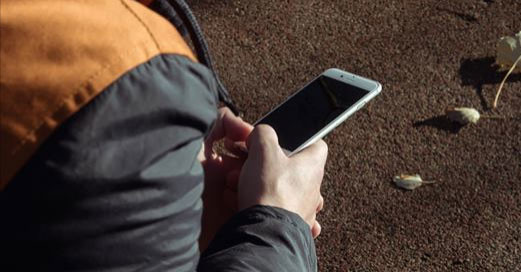How to keep your mobile audience engaged in long-form journalism
Reprinted from GateHouse Newsroom
Newsrooms everywhere rejoiced when Pew Research Center revealed that mobile readers will stick with long stories.
Pew worked with Parse.ly, which dozens of GateHouse Media newsrooms use for real-time analytics, to gather the data for the research.
In fact, at least a couple of GateHouse publications, the Cape Cod Times and Sarasota Herald-Tribune, have found that longer stories perform better than shorter ones with their mobile audience.
American Press Institute also reported in March 2016 that long stories do well even with mobile readers. Poynter's story on API's numbers points to the surprising finding in the research: Readers were more engaged with longer stories.
What does that mean for us as journalists? Should we start writing really long stories? Or do we feel vindicated if we already write really long stories?
First, the Pew analysis shows that people spend more time with longer stories, just over two minutes. They spend less than a minute on shorter stories. That's a significant difference, but how much of your 60-inch story are people absorbing in two minutes? Still not that much. Try timing yourself to see how much you can get through in two minutes.
Second, the research reveals that people spend more time on longer stories, but that's pretty intuitive. Something short takes less time to process. The one caveat is that if your story is long and boring, people will lose interest and bounce.
Which brings us to the answer to the question: Is it OK to write a really long story? And my answer is to write only what the story merits and not a word more. In fact, if you are writing a long story, you need to justify every word. Right tight. Edit your own work before you send it to an editor or post it online.
The key here is quality. If a story is on an interesting topic and reads smoothly, people will stick with it, even on their phones.
Back when I was a kid, my dad wrote TV commercials. The commercials were 30 seconds each, and my dad would get a big black pencil and edit his script again and again until it fit that quick timeframe. I grew up watching how expendable each sentence, phrase and word was, and I've valued concise writing ever since. My dad would write, edit, read and time his scripts using a stopwatch.
The next time you write a story, try reading it out loud and timing it, first for one minute, then for two minutes. How much of your story did you get through? That's how long you have with your mobile readers. Is every word important? Does your story sing?
Try these two ideas to keep your readers engaged on their phones as they read your next long-form piece of journalism:
- Layer your story with extras that allow readers to interact with your story: video, photo gallery, map, timeline or pull quote.
- Present your story in an alternative format, such as a Q&A or a list. Anything that allows you to use bold and regular text can organize content for a reader on a phone. Your alternative story format need not be short. If you're writing an explainer on a complicated topic, breaking it into chunks can help readers digest a deep dive into the information.
Remember that we're still learning about our mobile audience. When you try something new, be sure to check your own analytics to see how readers reacted. And if you're interested in finding out if your readers follow the patterns found by the Pew Research and API, you can tag content by story length and check to see how mobile readers are absorbing your content.
As senior director of content, Jean Hodges develops strategy and works with newsroom leaders on digital transformation, from newsroom structure to using analytics to inform news decisions. As journalists face myriad challenges, the best are experimenting with new ways to draw readers in, while fearlessly tackling watchdog reporting and sticking up for the underdog. Hey, there's hope for us yet.









